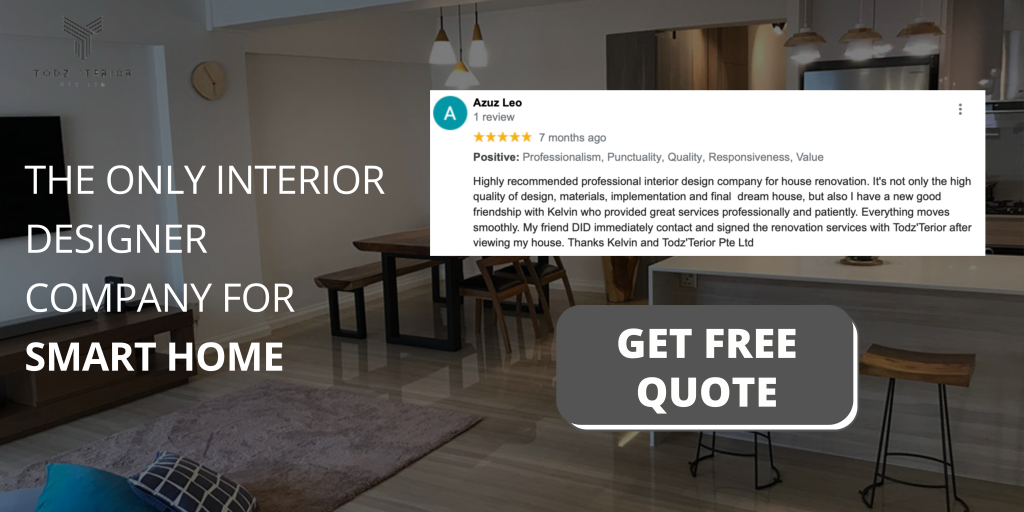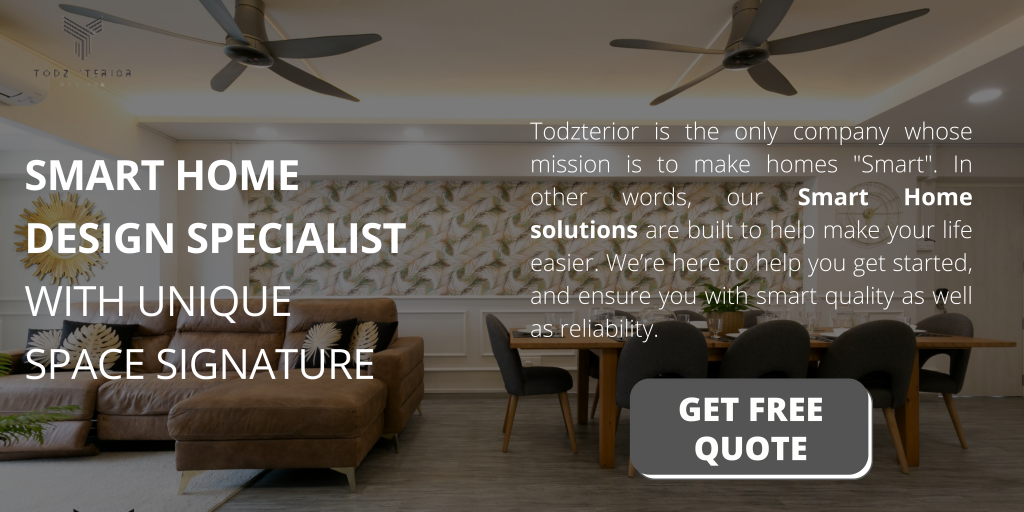When it comes to maximizing productivity in the workplace, the design of the office environment plays a crucial role. A well-designed office can enhance employee engagement, improve focus, and create a positive work atmosphere. In this article, we will explore effective strategies for boosting productivity through office interior design. From optimizing layout and lighting to incorporating natural elements and fostering collaboration, we will delve into key aspects that can transform an office space into a productivity powerhouse.
In This Article
Toggle
How does office design affect employee productivity?
A well-designed office space can significantly impact employee productivity and overall well-being. From reducing stress levels to fostering creativity and collaboration, the environment in which we work has a profound influence on our performance. By carefully considering and implementing the right interior design strategies, companies can create a workspace that energizes and inspires their employees.
Optimizing Office Layout
One of the fundamental aspects of office design is the layout. The arrangement of workstations, collaborative areas, and circulation paths can greatly influence the flow of work and interactions among employees. Here are some key considerations for optimizing office layout:
Open Floor Plans
Open floor plans have gained popularity in recent years due to their ability to promote communication and collaboration. By removing physical barriers and creating a sense of openness, open floor plans encourage spontaneous interactions and idea sharing. However, it’s important to strike a balance between open spaces and providing private areas for focused work.
Ergonomic Workstations
Ergonomics plays a vital role in enhancing employee comfort and preventing musculoskeletal issues. Ergonomic workstations should include adjustable desks and chairs, proper monitor placement, and ergonomic accessories such as keyboard trays and footrests. Creating a comfortable and ergonomic workspace can significantly improve productivity and reduce the risk of injuries.
Dedicated Collaboration Areas
In addition to individual workstations, it is crucial to provide dedicated collaboration areas within the office. These spaces can be designed as meeting rooms, breakout zones, or informal gathering spots. By having designated areas for collaboration, employees can engage in productive discussions and brainstorming sessions, leading to enhanced creativity and problem-solving.

How can natural light and lighting design enhance productivity in the office?
Lighting plays a vital role in creating a productive and inviting work environment. Both natural light and artificial lighting need to be carefully considered. Here are some strategies for optimizing lighting in the office:
Maximizing Natural Light
Where possible, maximize the use of natural light in the office. Natural light has numerous benefits, including improving mood, reducing eye strain, and boosting Vitamin D levels. Position workstations near windows and use light-reflecting surfaces to distribute sunlight evenly throughout the space. Additionally, consider using light-filtering or adjustable blinds to control glare and maintain a comfortable environment.
Task Lighting and Adjustable Illumination
In areas where natural light may be limited or during evening hours, task lighting becomes crucial. Providing individual task lights or adjustable desk lamps allows employees to personalize their lighting preferences and optimize illumination for specific tasks. Adjustable overhead lighting is also beneficial as it enables adapting the brightness levels to match different activities and moods.
Integrating Nature into the Workspace
Bringing elements of nature into the office environment has shown to have positive effects on employee well-being and productivity. Here are some ways to incorporate nature into the workspace:
Indoor Plants and Biophilic Design
Introducing indoor plants not only enhances the aesthetics of the office but also improves air quality and reduces stress. Plants can help regulate humidity levels and remove toxins from the air, creating a healthier working environment. Biophilic design principles, such as using natural materials, textures, and colors, can further promote a connection with nature.
Nature-Inspired Color Palette
Incorporating colors inspired by nature can evoke feelings of tranquility and calmness. Earth tones, greens, and blues can create a soothing and refreshing atmosphere. Consider using these colors on walls, furniture, and decorative elements to infuse the office with a sense of serenity and harmony.
Promoting Comfort and Well-being
Employees spend a significant amount of time in the office, so it’s important to prioritize their comfort and well-being. Here are some strategies for creating a comfortable and healthy work environment:
Ergonomic Furniture
Investing in ergonomic furniture, such as adjustable chairs, sit-stand desks, and supportive accessories, can help prevent fatigue, back pain, and other posture-related issues. Providing employees with comfortable and supportive furniture promotes good health and allows them to focus on their work without discomfort.
Temperature and Air Quality Control
Maintaining optimal temperature and air quality is essential for employee well-being. The office should have effective heating, ventilation, and air conditioning systems to ensure a comfortable temperature year-round. Additionally, air purifiers and regular maintenance can help improve indoor air quality, reducing the risk of allergies and respiratory issues.
Acoustic Considerations
Noise levels can significantly impact productivity and concentration. Incorporate acoustic design elements such as sound-absorbing panels, carpets, and acoustic ceilings to minimize noise distractions. Designate quiet areas or provide noise-canceling headphones for employees who require a quieter environment for focused work.

Creating Collaborative Spaces
Encouraging collaboration among employees is crucial for innovation and problem-solving. Here are some ways to create collaborative spaces within the office:
Meeting Rooms and Huddle Areas
Designate meeting rooms equipped with appropriate furniture, technology, and tools to facilitate productive discussions and presentations. Huddle areas with comfortable seating and whiteboards can encourage impromptu brainstorming sessions and quick collaborations.
Social Spaces and Breakout Zones
Providing social spaces, such as a communal kitchen or lounge area, allows employees to connect on a more personal level and foster a sense of camaraderie. Breakout zones with comfortable seating and writable surfaces can serve as creative hubs for informal meetings and idea generation.
Optimizing Technology and Connectivity
In today’s digital age, technology plays a vital role in workplace productivity. Here are some considerations for optimizing technology and connectivity in the office:
Fast and Reliable Internet
Having a fast and reliable internet connection is crucial for efficient communication, accessing cloud-based tools, and collaborating on digital platforms. Ensure the office is equipped with robust Wi-Fi and high-speed internet infrastructure to support the demands of modern work.
Well-placed Power Outlets and Charging Stations
Conveniently located power outlets and charging stations throughout the office help employees stay connected and keep their devices powered. Consider incorporating built-in charging ports on desks and communal areas to facilitate easy access to power.
Integrated Audiovisual Systems
Meeting rooms and collaborative spaces should be equipped with audiovisual systems that support seamless presentations, video conferencing, and virtual collaboration. Intuitive controls and user-friendly interfaces enhance productivity and reduce technological barriers.
Incorporating Personalization and Flexibility
Recognizing individual preferences and providing flexibility in the workspace can have a positive impact on productivity. Consider the following approaches:
Customizable Workstations
Allow employees to personalize their workstations to suit their needs and preferences. Adjustable desk heights, modular storage options, and customizable display arrangements empower employees to create an environment that works best for them.
Agile Workspaces
Incorporate agile workspace concepts that provide employees with the freedom to choose their work setting based on the task at hand. This could include quiet zones for focused work, collaborative areas for group projects, and comfortable lounges for relaxation or informal meetings.
Reducing Clutter and Enhancing Organization
A cluttered and disorganized workspace can hinder productivity and increase stress levels. Here are some strategies to promote organization:
Effective Storage Solutions
Provide ample storage options to keep workspaces organized and clutter-free. This can include filing cabinets, shelves, and storage units to accommodate physical documents, supplies, and personal belongings. Encourage employees to declutter their workstations regularly and provide guidelines for maintaining a tidy workspace.
Digital Document Management
Transitioning to digital document management systems reduces the reliance on physical paperwork and makes information more accessible. Implement cloud storage solutions and collaboration tools to streamline document sharing, version control, and information retrieval.
The Importance of Breaks and Relaxation Areas
Taking regular breaks throughout the workday is essential for maintaining focus and preventing burnout. Here are some considerations for creating designated break and relaxation areas:
Designated Break Areas
Allocate specific areas where employees can unwind, socialize, and recharge during breaks. These areas can include comfortable seating, refreshment facilities, and recreational activities to promote relaxation and rejuvenation.
Quiet and Relaxation Spaces
In addition to designated break areas, provide quiet spaces where employees can retreat for solitude and relaxation. These areas can be equipped with comfortable seating, soft lighting, and calming elements to create a tranquil environment for mindfulness or short naps.
The Role of Art and Aesthetics
Artistic elements and thoughtful aesthetics can contribute to a stimulating and inspiring office environment. Consider the following:
Inspirational Artwork
Displaying artwork that aligns with the company’s values and inspires creativity can create a positive ambiance. Art pieces that evoke emotions, showcase local talent, or reflect the company’s mission can contribute to a vibrant and engaging workplace.
Thoughtful Aesthetic Choices
Incorporate cohesive design elements throughout the office, including color schemes, textures, and branding elements. Thoughtful aesthetics create a visually pleasing environment that promotes a sense of belonging and pride among employees.
Wellness Programs and Active Design
Prioritizing employee well-being through wellness programs and active design elements can boost productivity and overall satisfaction. Consider the following approaches:
Fitness Areas and Exercise Facilities
Designate areas for physical activities and fitness, such as gyms, yoga studios, or walking paths. Encouraging employees to engage in regular exercise can improve their physical health, mental well-being, and cognitive function.
Wellness Initiatives and Programs
Implement wellness initiatives such as mindfulness workshops, stress management programs, or health challenges. These initiatives promote work-life balance, stress reduction, and overall employee wellness.
The Impact of Sound and Music
Sound can have a significant influence on productivity and mood. Here are some considerations for managing sound in the office:
Ambient Noise Control
Implement noise control measures such as acoustic panels, soundproofing materials, or white noise machines to reduce distracting noises and create a more focused work environment. Controlling noise levels enhances concentration and productivity.
Music for Productivity
Research suggests that certain types of music, such as instrumental or ambient music, can enhance concentration and creativity. Consider providing designated areas or allowing employees to listen to music with headphones to facilitate a productive and enjoyable work environment.
Employee Involvement in the Design Process
Involving employees in the office design process fosters a sense of ownership and increases satisfaction with the workspace. Here are some ways to engage employees:
Surveys and Feedback
Conduct surveys or questionnaires to gather employee input on their preferences, needs, and pain points regarding the office environment. Soliciting feedback demonstrates that their opinions are valued and helps shape the design decisions.
Collaborative Design Workshops
Organize workshops or focus groups where employees can actively participate in brainstorming and co-creating the office design. This collaborative approach fosters a sense of community and ensures that the final design reflects the diverse needs of the workforce.

Conclusion
Creating a productive office environment requires careful attention to design elements that optimize comfort, collaboration, and well-being. By considering factors such as office layout, lighting, nature integration, and personalization, companies can foster a space that energizes employees and enhances productivity. Investing in thoughtful interior design strategies demonstrates a commitment to employee well-being and can yield substantial returns in terms of engagement, creativity, and overall business success.
In conclusion, “Todzterior” is the ideal choice for office interior design in Singapore for three compelling reasons. Their expertise and experience in the field ensure that you will receive top-notch design solutions tailored to your specific needs. They prioritize functionality and productivity, creating workspaces that optimize workflow and enhance employee well-being. Moreover, their commitment to customized solutions and attention to detail guarantees a design that reflects your brand identity and values. With “Todzterior” as your partner, you can transform your office into a space that not only impresses visually but also inspires productivity and fosters a positive work environment.
